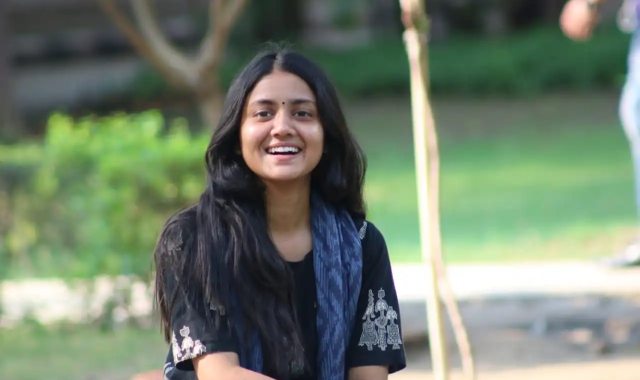History of the Library

Gonville & Caius College has possessed its own books ever since its founding as Gonville Hall in 1348/9, and they have been kept in a purpose-built library since 1441. It is estimated that over 350 manuscripts survive from the medieval library, some in their original bindings - this would make it the largest surviving medieval college library in the University. Most of these manuscripts were given to the College by its earliest Fellows, and some of them originally came from the great monastic foundations. The whole collection was then consolidated and expanded by our second founder, Dr John Caius, who had the books catalogued for the first time in 1569. Caius was an ardent humanist whose contact with Italy enabled him to acquire many examples of the new learning, including medical works in Greek and a Hebrew Bible. We now have over 700 manuscripts, mostly from before 1500, including illuminated Books of Hours and Psalters.
Further important bequests came from William Branthwaite, Master from 1607 to 1619, whose fine library on theology, philosophy and classical literature included sixty books printed before 1520 (in all we have about 100 books printed before 1500). The early Library was located directly above what is now the Long Room and until the seventeenth century was a chained library, with the books placed spine inwards on the shelves. The first Librarian was appointed in 1629. During the seventeenth and eighteenth centuries our collections of books on medicine and law were further expanded, and from the nineteenth century onwards the Library also systematically acquired books that Fellows and undergraduates might need.
In the 1850s the College Library was relocated to a site adjacent to the south boundary of Trinity College. This became known as the Inner Library and continued to house the manuscripts and early printed books until 1996. In 1909 a benefaction by C.H. Monro enabled the old dining hall adjacent to the Inner Library to be refitted as a Reading Room and this was used as the Student Library until 1996. Further rooms were added as the collection expanded. When the Monro Room and the Upper and Lower Reading Rooms reached capacity new locations were sought for the Library.
In the summer of 1996 the College Library was finally relocated across Senate House Passage into the building designed by C.R. Cockerell, constructed originally between 1837-40 as the north wing for the new University Library, in a project never completed, and occupied from the 1930s by the Squire Law Library. It was opened formally in July 1997.
In October 2006 the Old Library was renamed the Lower Library and the Working Library became the Upper Library.
The ground floor contains the Archives and the Lower Library. This latter consists of about 900 manuscripts, in newly designed cases, and 26,000 early printed books in their late Jacobean bookshelves, moved from the Inner Library. The Upper Library is on the first floor and contains the working collection of about 60,000 titles (books, music scores, CDs and reference works), a number of journals, the staff offices and about 100 reader spaces. In the basement are found the Computer Office, a student computer room, and the Library store (containing the Reserve Stock, Reserve Journals and a small archive).
Further notes on the Library’s history may be found in the booklet 'Caius and Cockerell : the transformation of a Library' (Cambridge, 1997) and volumes three, four and eight of the College’s Biographical History by John Venn.


